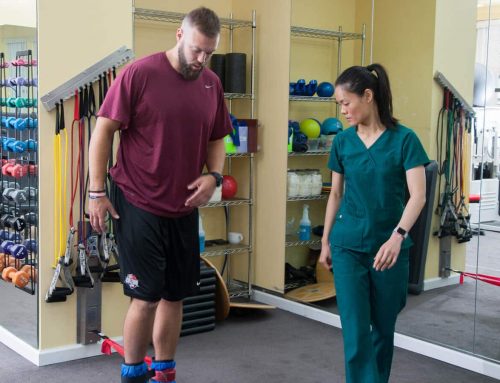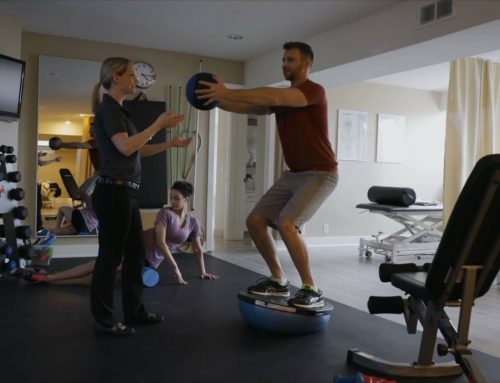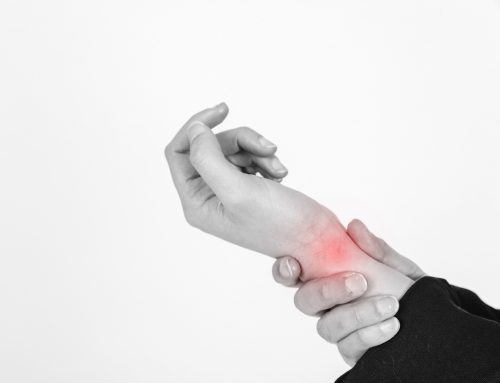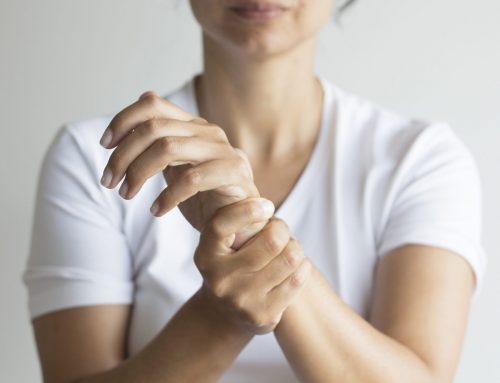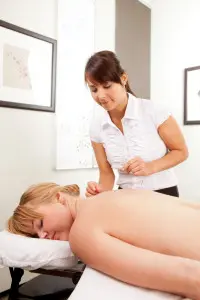
Acupuncture treatment consists of inserting thin stainless-steel needles at various points on the body, known as “gateways,” to unblock or rebalance the flow of qi.
What does an acupuncturist do?
In addition to asking questions, the acupuncturist may want to take your pulse at several points along the wrist and look at your tongue to observe its shape, color, and coating. He or she may also observe the color and texture of your skin, your posture, and other physical characteristics that offer clues to your health. He then would ask you to lie down on a padded examining table, and he inserts the needles, twirling or gently jiggling each as it goes in. You may not feel the needles at all, or you may feel a twitch or a quick twinge of pain that subsides as soon as the needle is completely in. Once the needles are all in place, you rest for 30 minutes to an hour. During this time, you’ll probably feel relaxed and sleepy and may even doze off. At the end of the session, the specialist quickly removes the needles, which is absolutely painless. For certain conditions, acupuncture is more effective when the needles are heated using a technique known as “moxibustion.” The specialist lights a small bunch of the dried herb moxa (mugwort) and holds it above the needles. The herb, which burns slowly and gives off a little smoke and a pleasant, incense-like smell, never directly touches the body. Another variation is electrical acupuncture. This technique consists of hooking up electrical wires to the needles and running a weak level of current through them, which may cause no sensation at all or a mild tingling. Acupuncturists trained in Chinese herbal preparations may prescribe these as well.
How many treatments do I need?
The number of treatments you need depends on the complexity of your illness, whether it’s a chronic or recent condition, and your general health. For example, you may need only one treatment for a recent wrist sprain, whereas for a long-standing chronic illness you may need to be treated once or twice a week for several months to get good results.
What is acupuncture good for?
It is effective for pain relief and for post-surgery and chemotherapy nausea and vomiting. In addition, both the World Health Organization and the National Institutes of Health recognize that acupuncture can be a helpful part of a treatment plan for many illnesses. A partial list includes: addiction, asthma, bronchitis, carpal tunnel syndrome, constipation, diarrhea, facial tics, headaches, irregular periods, menopausal symptoms, menstrual cramps, osteoarthritis, sciatica, sinusitis, spastic colon, stroke rehabilitation, tendonitis, tennis elbow, and urinary problems. You can safely combine it with prescription drugs and other conventional treatments, but it’s important for your primary care physician to be aware of and to monitor your progress.
Are there conditions that should not be treated?
Some physicians and practitioners may avoid treating during pregnancy.
Does my medical insurance cover acupuncture treatments?
An increasing number of insurance providers now cover all or part of the cost, but these providers may have restrictions on the types of illnesses they cover. Check with your insurance company to see what your policy offers.

